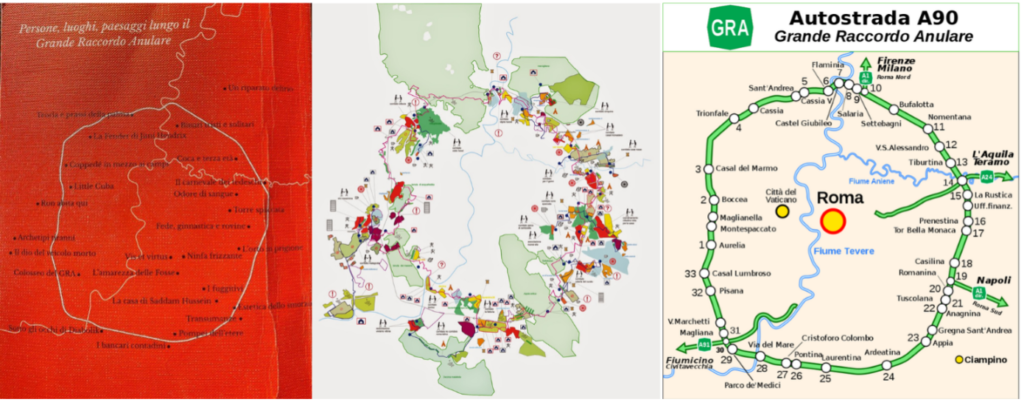Walkscape as a non-formal education practice
There are cities within cities, cities that most people ignore. Sometimes, they cross them without realizing it, but mostly they are simply unaware of their existence. At first, architects looked at these new conglomerations of buildings, empty parking lots, squares, roads and other urban objects as diseases, tumors requiring treatment. They were defined as “urban chaos”, a generalized disorder emerged from the unplanned addition of casual elements. They were seen as the negative part of the cities, “voids” waiting to be filled. Later, they realized that these “voids” are not only waiting to be filled, they are living spaces to be filled with new meanings, where those on the margins of society seek refuge. They started seeing this “urban chaos”, these “voids” as spaces of opportunities. The only way to know them is to go through.
Retracing the anthropological and symbolic roots of walking, architect Francesco Careri (2006) defined a new way of crossing the space on foot: Walkscape. Based on the urban wanderings of the Dadaists, Surrealists and Situationists, Walkscape defines a new way of walking in the city, a way that aims to explore its “voids” to create new meanings. This is exactly what the members of the STALKER research group and the landscaper Nicolò Bassetti did when they walked along Rome’s ring road (“Grande Raccordo Anulare” or “G.R.A.”). Bassetti’s experience is documented in his book “Sacro Romano GRA” (2013), while a detailed description of Stalker’s walkscape can be found on the group’s website (articiviche.blogspot.com). Both Stalker and Basetti differently experienced territories that have been conceived to be ignored and hastily crossed by car. Summaries of their experiences are documented in the maps they created, maps that rename relevant places of Rome’s junction by subtracting them from their original function.

It is in this way that the act of walking takes on a totally new meaning and becomes simultaneously a formative and performative act. By walking through the abandoned spaces of our cities, changing the names of places, creating maps of what "the other city" (the one in which most of us live) hides, on the one hand we learn to know those places while, on the other hand, we modify them. For this reason, within our project “Walkscapes: Urban Regeneration through Education”, we decided to broaden the scope of Walkscapes to re-codify them as a non-formal educational practice. In fact, we adopted Walkscapes to design non-formal community-centered walks to reach the following three results:
– To elaborate new meaningful interactions with a place to elaborate urban regeneration proposal from the citizens;
– To support the creation of stronger community ties;
– To help citizens reclaim their place in the city.
To achieve these results, it has been decided to make the Walkscapes revolve around a theme, illustrated by a guide (or mentor) with the intent to raise questions to the participants and help them in the realization of a shared and meaningful experience. The Walkscapes of the project deal with the theme of the river, i.e. how the river has shaped the city and how the city has changed the river. Participants, while walking along the chosen paths, have a map, sheets for taking notes and some postcards with questions for reflection and thematic ideas at their disposal. The use of these tools is purely free. Participants are asked to answer the questions and express their points of view and feelings in complete autonomy, choosing the form of expression they prefer. At the end of the course, they are asked to share their points of view with others and we try to work out possible proposals for urban regeneration together.
The activities carried out and those that will take place in the context of the “Walkscapes: Urban Regeneration through Education” project do not claim to achieve definitive results, but want to propose new insights in the hope of promoting the creation of more connected communities and a more active participation in urban regeneration.
